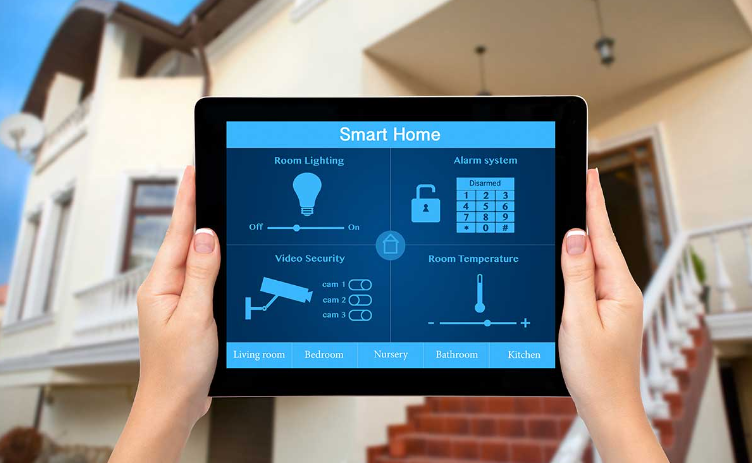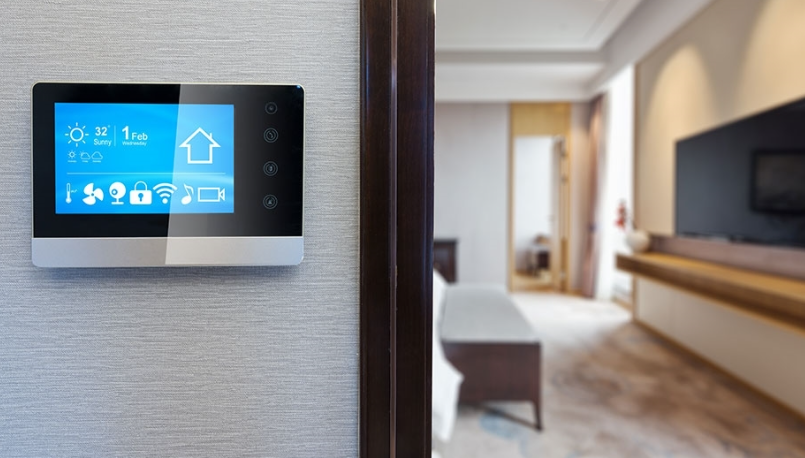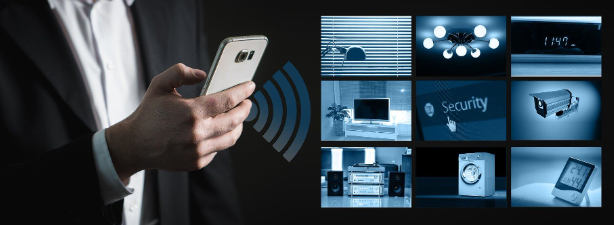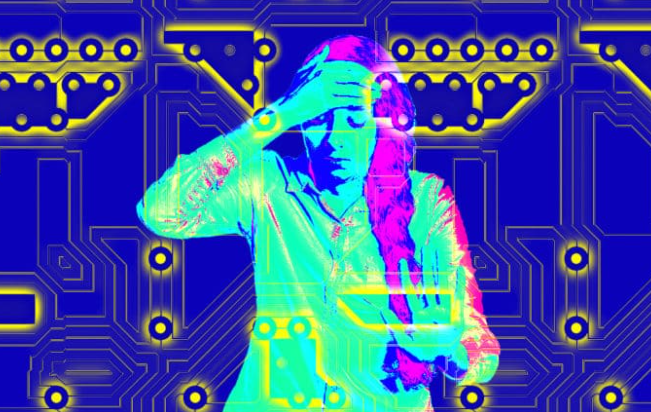Smart home systems are the emblem of technological innovation and a key driver of the digital age we’re immersed in today. As powerful as these systems are, like all technology, they’re not without their fair share of challenges. This article delves into the “The Most Frequent Issues With Smart Home Systems”. We’ll highlight not only the problems but also offer expert advice on troubleshooting them effectively. After all, every problem brings an opportunity for learning and improvement.
Connectivity Problems: The Silent Annoyance

One of the most recurring issues in smart home setups is connectivity. Imagine telling Alexa to play your favorite tune and the response you get is a disturbing silence. Frustrating, right? When smart devices lose their link to your home network, they become as useful as a paperweight. Often, this problem stems from the Wi-Fi router, the nerve center of your smart home.
How to Troubleshoot Common Connectivity Problems in Smart Home Systems?
While dealing with connectivity issues can be nerve-wracking, the solutions are often quite simple. Start by rebooting your router; this simple action can resolve many network glitches. If the problem persists, consider upgrading to a more potent router, especially if you’re running numerous devices on your network. Also, remember to keep your devices’ firmware up-to-date, a practice that often resolves many connectivity hiccups.
Device Incompatibility: The Stubborn Hurdle

Another common challenge of integrating smart home devices is the incompatibility between different brands and platforms. For instance, a Google Nest thermostat may not play nice with an Apple HomeKit environment.
How to Resolve Compatibility Issues in Smart Home Systems?
The first step is to thoroughly research before purchasing any smart device. Ensure it’s compatible with your existing smart home ecosystem. If you already have incompatible devices, consider using a universal smart home hub, which acts as a bridge between various protocols and platforms.
Privacy and Security Concerns: The Invisible Threat

Security risks and privacy concerns are the underbelly of smart home systems. There’s always the lingering question of “How secure is my smart home?”
How to Address Privacy and Security Concerns in Smart Home Systems?
First and foremost, ensure that all your devices are from reputable manufacturers who prioritize user security. Regularly updating device firmware is equally critical, as these updates often contain essential security patches. Implement robust password practices, use two-factor authentication, and consider a firewall for added protection.
Frequent Device Malfunctions: The Inexplicable Headache
Malfunctions are another common bugbear with smart home devices. Sometimes, these malfunctions are intermittent, making them even more challenging to diagnose.
How to Deal with Smart Home Device Malfunctions?
When faced with a malfunctioning device, the first course of action should be a simple reboot. If this fails, check for firmware updates, as these can often rectify the problem. Should the device continue to malfunction, contact the manufacturer’s support team or consider professional help.
Performance Issues: The Slow Elephant in the Room

Performance issues, such as laggy responses and slow operation, can turn the convenience of smart homes into a frustration.
How to Optimize the Performance of Smart Home Devices?
To avoid performance issues, ensure that your Wi-Fi network is robust and reaches all corners of your home. Regularly rebooting your devices can also prevent performance degradation. If all else fails, consult with a professional.
Device Overload: The Unseen Burden
As we progressively transition into an era of smart homes, it’s not unusual for households to have a multitude of smart devices interconnected on a single network. However, every device that we add to the network presents an additional strain on the system, leading to what we term as ‘Device Overload.’
How to Manage Device Overload in Smart Home Systems?
Managing device overload requires a careful balance of network resources and device needs. If you’re experiencing sluggish responses or erratic device behavior, it might be an indication that your network is overburdened. In this scenario, consider enhancing your network’s capacity. Mesh Wi-Fi systems are an excellent solution for sprawling homes, providing comprehensive coverage and efficient load distribution.
User Errors: The Easily Overlooked
With a multitude of smart devices in our homes, user errors can frequently occur. Misconfiguration, incorrect setups, or wrongly triggered automation scenarios can lead to unexpected results and frustration.
How to Prevent User Errors in Smart Home Configurations?
Preventing user errors starts with familiarizing yourself with each device and its functionalities. It’s crucial to spend time understanding how to set up and control these devices. Many manufacturers offer comprehensive guides and customer support to aid in this process. Additionally, consider professional installation for complex devices, to ensure they are configured correctly right from the outset.
Power Issues: The Unsuspected Culprit
Power issues are another common, yet often overlooked problem in smart home systems. Fluctuations in power supply or electrical outages can wreak havoc on your smart home ecosystem, causing devices to disconnect, reset, or behave unpredictably.
How to Mitigate Power Issues in Smart Home Systems?
Ensure your devices are connected to a reliable power source. Consider investing in uninterruptible power supplies (UPS) or surge protectors for critical components of your smart home system, like your Wi-Fi router and smart home hub, to shield them from power fluctuations. Battery-powered backup for essential devices is another worthwhile consideration.
Also Read: Stranger Things Season 5 Poster: Unveiling a Thrilling New Chapter
Conclusion: Optimizing Your Smart Home Experience
The charm of a smart home lies in its ability to simplify our lives, connecting us with our living environment like never before. Like any technological leap, however, it brings its own set of challenges. By understanding the most frequent issues with smart home systems and their solutions, we can better prepare ourselves to address these challenges head-on, turning potential frustrations into opportunities for learning and growth.
Let’s not forget that we’re in the early stages of a smart home revolution. As this technology evolves, the minor inconveniences we experience today will diminish. With the right attitude and armed with the correct knowledge, we can look forward to a future where our homes are not just places to live, but personalized companions in our day-to-day lives.
Let’s embrace the future of living. Here’s to the revolution of smart homes.

